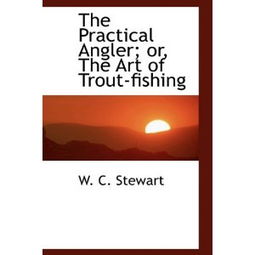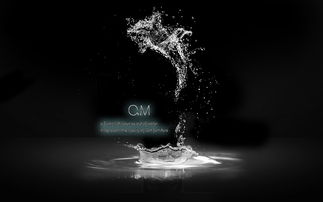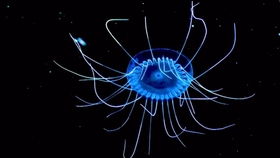Content:
Fishing, an ancient and beloved pastime, has been captivating enthusiasts for centuries. It is not just about catching fish but also about mastering the art of angling. To excel in this hobby, one must learn how to adjust their techniques during the fishing process. Here are some essential tips to help you fine-tune your fishing skills.

Understanding the Basics
Before diving into the specifics of adjusting your techniques, it's crucial to have a solid understanding of the basics. This includes knowing the types of fish you are targeting, the equipment you are using, and the environment in which you are fishing.
- Fish Species: Different fish species have varying preferences for food, habitat, and behavior. Research the species you're interested in to understand their habits and preferences.
- Equipment: Familiarize yourself with the different types of rods, reels, lines, hooks, and lures. Each piece of equipment serves a purpose and affects your fishing experience.
- Environment: The location where you fish can significantly impact your approach. Water temperature, clarity, and flow can all influence fish behavior and where they are likely to be found.
Casting Techniques
Casting is the foundation of fishing. Here are some tips to improve your casting technique:
- Practice: Cast frequently to develop muscle memory and improve your accuracy.
- Adjust for Wind: Wind can affect your casting. Adjust your technique to compensate for wind direction and speed.
- Line Management: Keep your line tight and under control. This will prevent snags and improve your casting distance.
- Timing: Learn to time your cast with the movement of the boat or the current to place your lure precisely where the fish are.
Bait and Lure Selection
The right bait or lure can make all the difference in your fishing success. Here's how to adjust your choices:
- Matching the Habitat: Choose baits and lures that mimic the natural food sources in the water. For example, use a worm if the fish are feeding on worms.
- Adjusting for Conditions: In cold water, fish may be less active, so opt for larger, more visible lures. In warm water, smaller, more subtle lures might be more effective.
- Experimentation: Try different baits and lures to see what works best in your specific fishing environment.
Rhythm and Patience
Fishing is a game of patience. Here's how to maintain a consistent rhythm:
- Consistent Retrieval: Whether you're using a baitcaster or a spinning rod, maintain a consistent retrieve speed. Sudden changes can spook fish.
- Patience: Fish may take time to bite. Wait for a few minutes before changing your approach or moving to a new location.
- Adjusting for the Fish: If you're not getting bites, slow down your retrieve, change your lure, or try a different technique.
Reading the Water
Understanding water conditions is key to successful fishing. Here's how to read the water:
- Current: Pay attention to the current's speed and direction. Fish often hold in areas where the current is slower.
- Structure: Look for underwater structures like rocks, logs, or weed beds, which can provide cover for fish.
- Water Clarity: Fish may be more active in clear water, but they can also be found in murky conditions. Adjust your approach accordingly.
Knot Tying and Line Management
Proper knot tying and line management are critical to ensure your tackle stays in good condition and doesn't break under pressure:
- Knots: Learn to tie strong, reliable knots. The improved clinch knot and the Palomar knot are both excellent choices for fishing lines.
- Line Condition: Check your line regularly for signs of wear or nicks. Replace it if necessary to prevent breakage.
- Leader Length: Use a leader of appropriate length to target specific fish or to fish in particular conditions.
Weather and Timing
The weather can significantly impact fish activity. Here's how to adjust your fishing schedule:
- Weather Conditions: Fish may be less active in extreme weather. Choose days with favorable conditions.
- Time of Day: Fish are often most active during dawn and dusk. Plan your fishing trips accordingly.
- Seasonal Changes: Fish behavior can change with the seasons. Adapt your techniques to match the season.
Conclusion
Fishing is an ever-evolving skill that requires constant learning and adaptation. By understanding the basics, adjusting your casting techniques, selecting the right bait and lure, maintaining a consistent rhythm, reading the water, managing your line, and considering weather and timing, you can improve your chances of success on the water. Remember, the key to mastering the art of angling is practice, patience, and a willingness to learn from each experience. Happy fishing!












